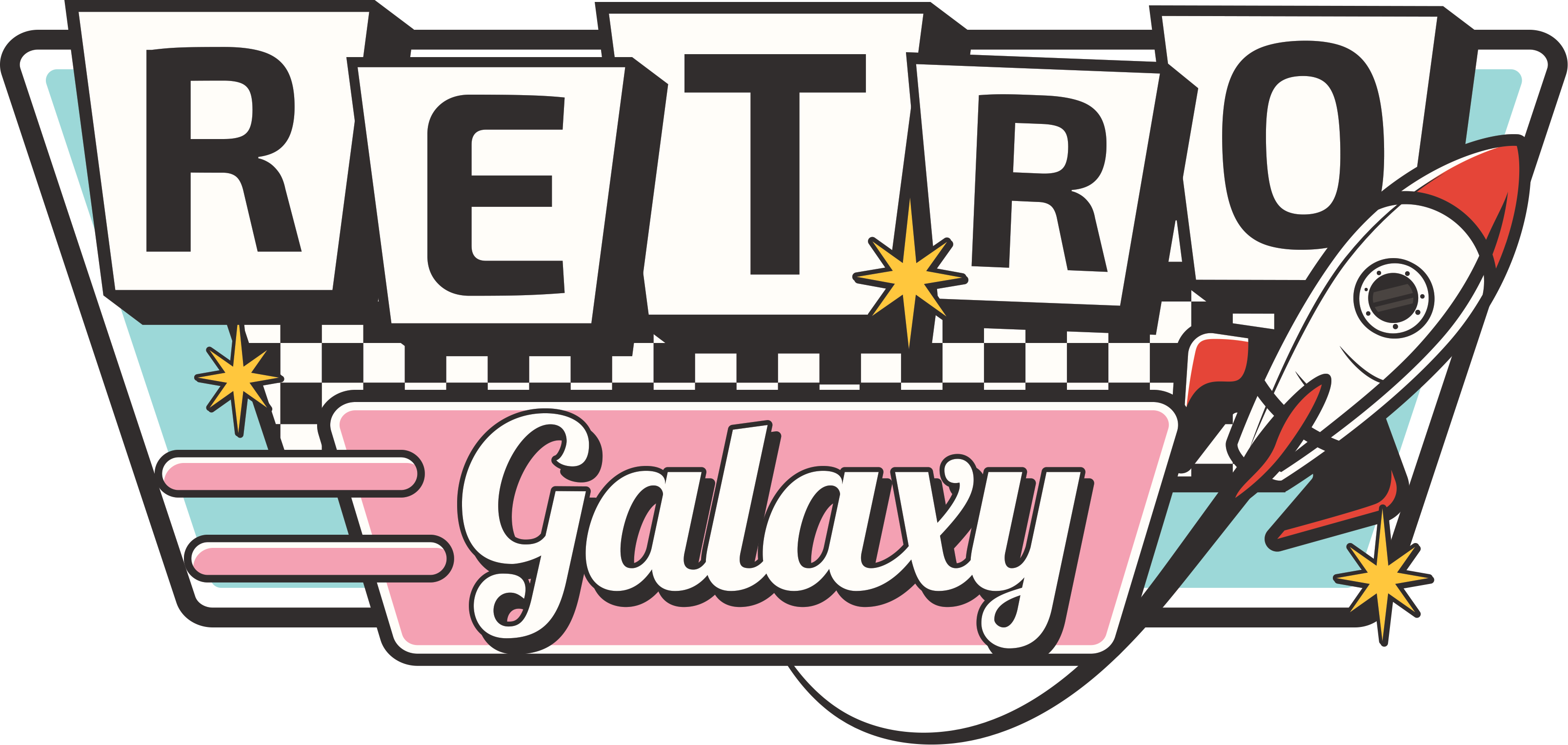The 80s is often associated with the rise of popular music, fashion, and pop culture. But what was it like to live in the 80s? What were the subcultures that defined this decade?
When we think of the 80s, we often think of larger-than-life perms, bold-colored clothing, and big hair. But did you know many other things were going on during this time?
This post explores the most prominent subcultures of the 1980s and what made them stand out.
Punk
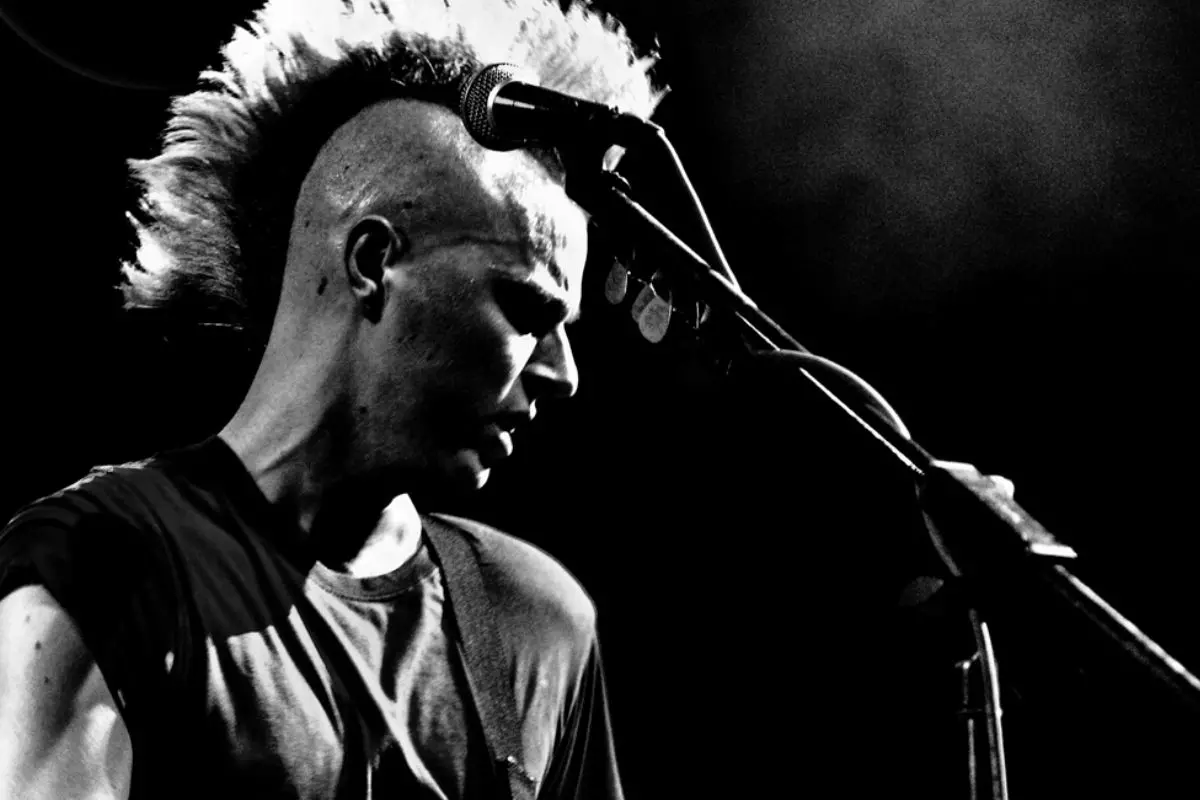
1980s punk subculture was exemplified by a reaction against mainstream society and an anti-establishment message.
The punks of the 80s wore black clothes, mohawks, and safety pins as symbols of their rebellion.
Punk also had its own language which included terms such as ‘daggers’, ‘skulls’, and ‘bomber jackets.’ Punks have been seen as a precursor to the grunge movement in the 90s.
The 1980 punk subculture emerged from bands like Sex Pistols and Buzzcocks who started playing loud rock music.
They were influenced by American punk rock groups like The Ramones and the New York Dolls. Their music was fast and aggressive.
It was also very short, lasting only two minutes or less. This style of music was called ‘hardcore’ because it was played at a high speed.
Hardcore Punk
Hardcore punk emerged from the straight edge subculture. The straight edge subculture was formed in the late 1970s.
Hardcore punk was similar to the original punk but with more emphasis on lyrics and political messages.
Hardcore punk bands like Black Flag and Minor Threat became influential in the formation of the hardcore scene.
In 1981, a new wave of punk broke out when bands used a sound that combined elements of hardcore punk with glam rock.

Glam Rock
Glam rock was a fusion of glam metal and punk rock. It was characterized by elaborate costumes and makeup.
Glam rockers often dressed up in leather pants, platform shoes, fishnet stockings, and glittery dresses.
1980s glam rock was also known for its theatrical performances. Some of these acts include David Bowie and Prince.
New Romantic
The New Romantic movement in the 80s was characterized by bright colors, tight-fitting clothing, and long, flowing hairstyles.
It was inspired by the disco era. The New Romantics were also heavily influenced by the punk movement.
People who followed this movement often referred to themselves as ‘new romantics’.
New Romantic art, music, and fashion are still popular today and can be shown by the popularity of artists like Madonna and Lady Gaga.
The New Romantic movement in the 1980s aimed to create a unique look that stood apart from others.
Hip-Hop Culture
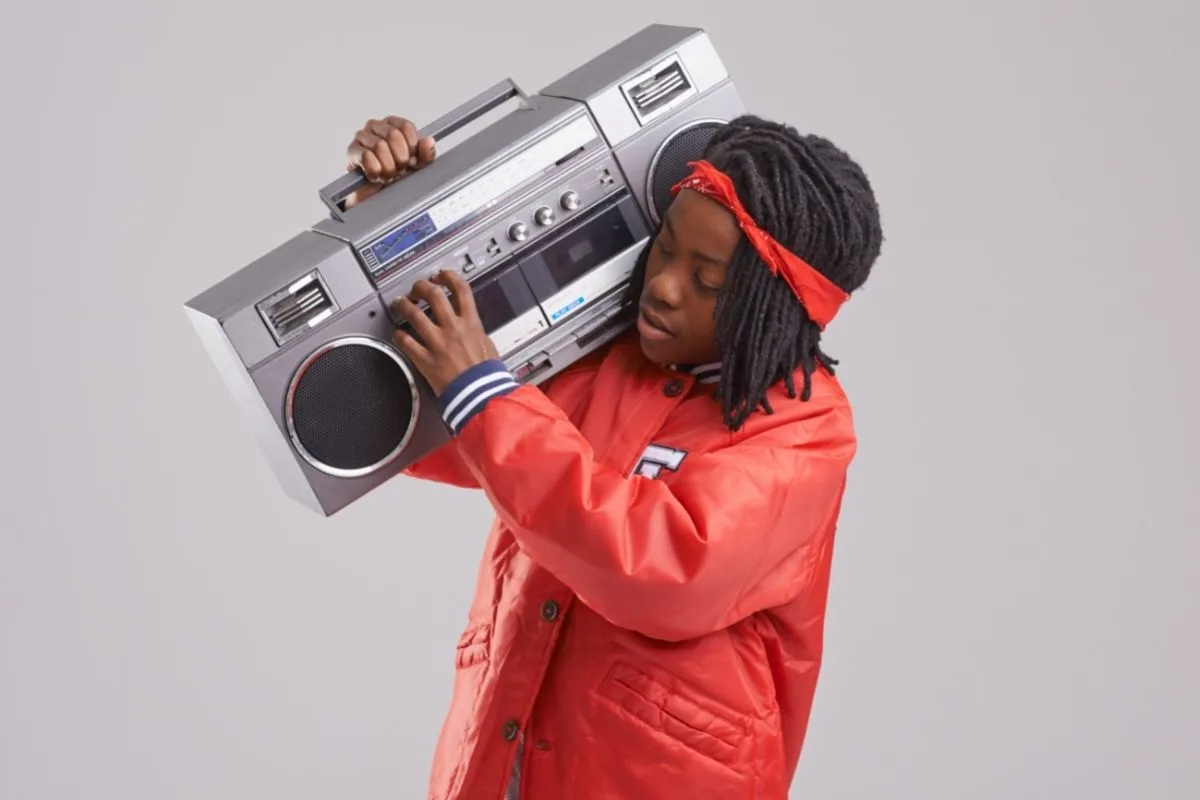
Hip hop culture began in the Bronx in the early 70s. In the mid-80s, hip hop gained popularity due to the emergence of rap music.
Rap music was created for the underground party scene which involved the introduction of break dancing to the masses.
Rap music is usually written in rhyming couplets and has a strong beat.
Hip hop artists are known for their unique slang and use of double negatives. Rap artists were inspired by Jamaican reggae and funk music.
By the end of the 80s, hip hop was one of the biggest influences on popular music.
The hip-hop subculture of the 80s was characterized by graffiti art, DJing, and break dancing. Graffiti art refers to writing on walls using spray paint.
DJs play records on turntables. Breakdancers perform moves while moving around. MCs (or rappers) sing songs about everyday topics.
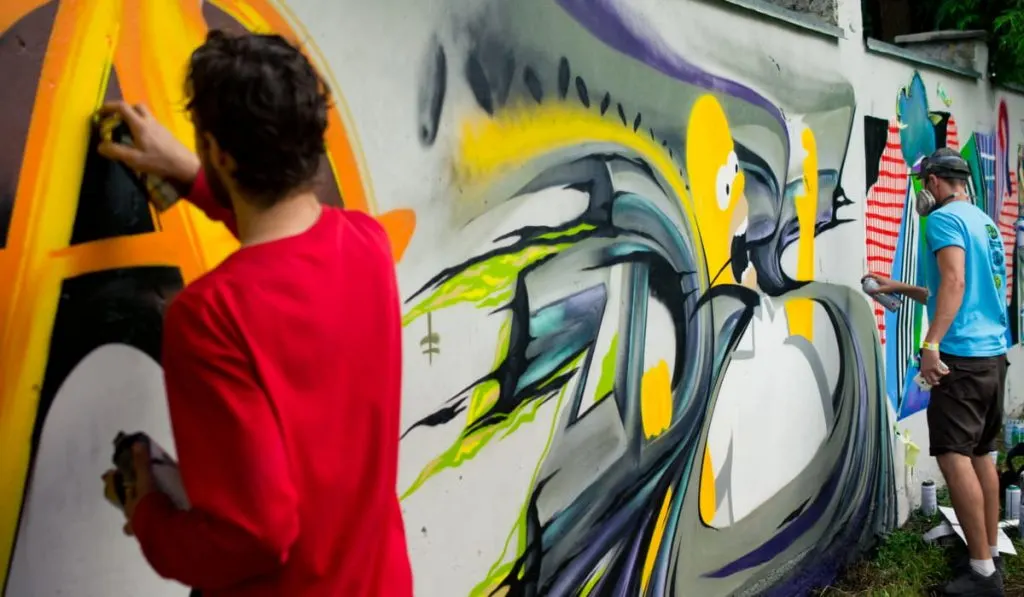
Graffiti Art
In the 1980s, graffiti art became increasingly popular. Artists would write words and images on buildings, trains, cars, and even people.
Some of these works could be considered vandalism. However, others were done without permission and were legal. These works were called street art. Street art can be found all over the world.
Hip-Hop Fashion
Hip-hop fashion in the 80s consisted of baggy pants, sneakers, hats, bright colored and bold patterned T-shirts, gold chains, and baseball caps.
Hippie
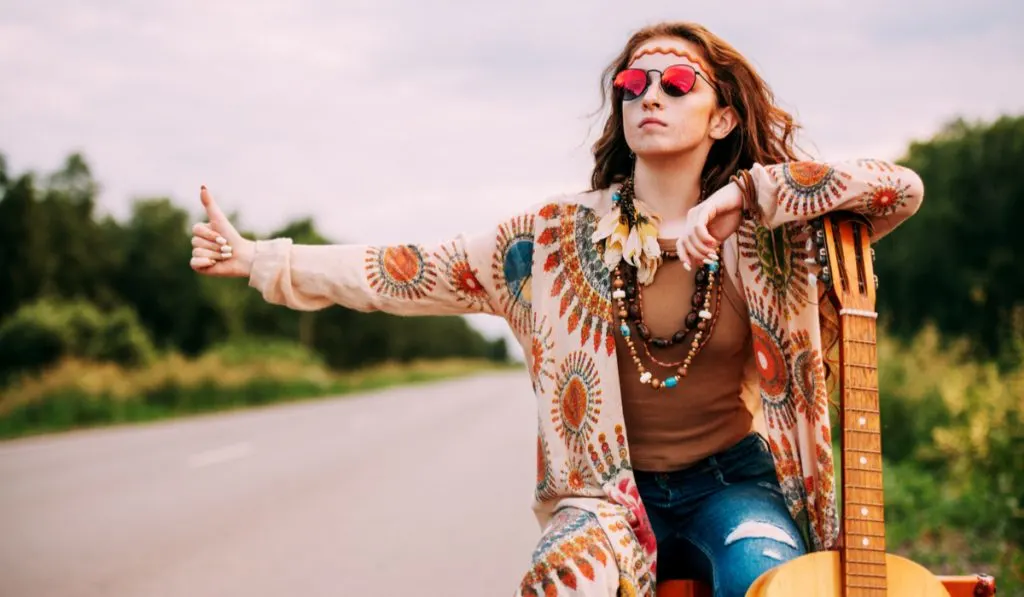
1980s hippie subculture was exemplified by a reaction against mainstream society. Hippies dressed in long hair, tie-dye clothing, and sandals.
Hippies were often referred to as “flower children” because they grew marijuana plants in their backyards.
Hippies were associated with peace, love, and free sex characterized as being generally liberal and believing in personal freedom. Hippies were also associated with drugs and alcohol.
Hippies were sometimes part of communes and followed alternative lifestyles that involved living off the land.
Furthermore, hippies were a major influence on the counterculture movement. They were also part of the environmentalist movement as they believed that humans should live in harmony with nature.
Hippies were often seen protesting war and nuclear power.
Rave
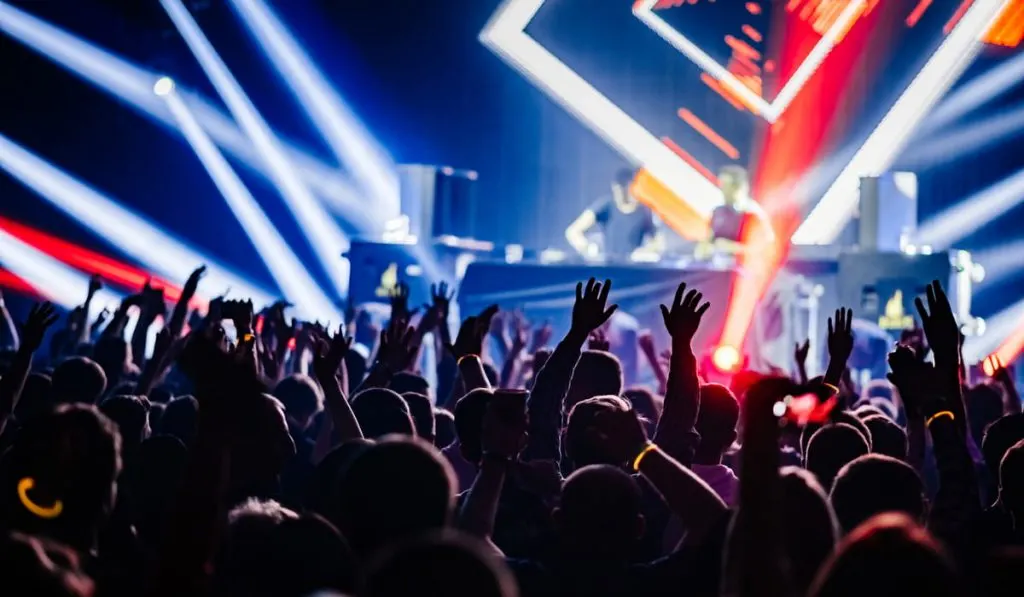
The rave subculture was exemplified by the free party movement of the 80s. The rave subculture movement was influenced by the birth of disco music.
Disco music was characterized by its loud bass lines, fast beats, and repetitive rhythms. Raves were held at warehouses or abandoned factories.
The free party movement of the rave subculture is characterized as having many attendees who danced until sunrise.
Free parties were very similar to dance clubs except there was no cover charge.
It was a type of party where people gathered together to have fun and was usually attended by young adults looking to meet new friends.
Final Considerations
Overall, the 80s were a decade of change. The subcultures of the time reflected this. Each of the subcultures had its own characteristics and served to define what it meant to be an individual during the 80s.
From the underground subculture of the New Romantic movement to the emergence of hip-hop culture, it’s fair to say that the 80s was a time of great change for youth culture.
Subcultures are important for understanding the history of the 80s. They helped to shape the way we see ourselves today.
By understanding how different groups of people reacted to social changes, we can better understand our society.
